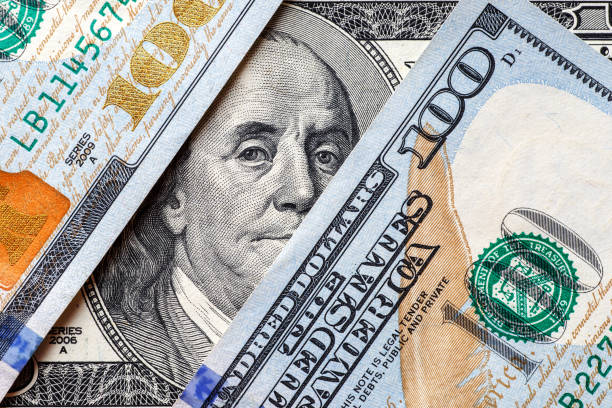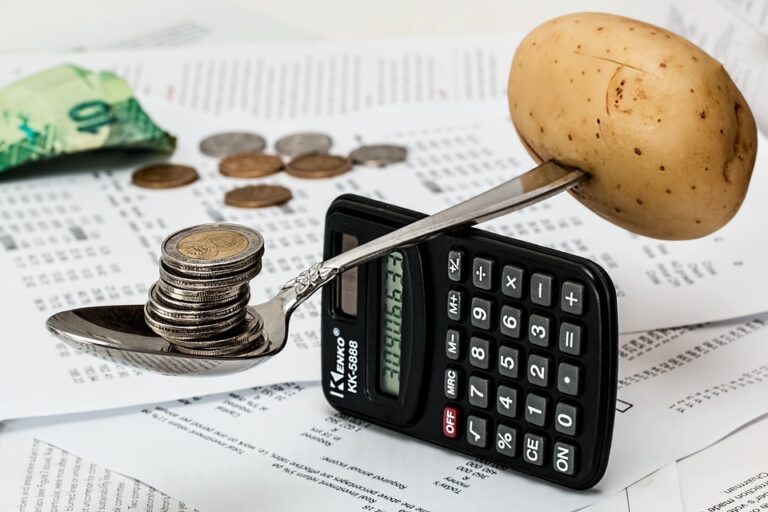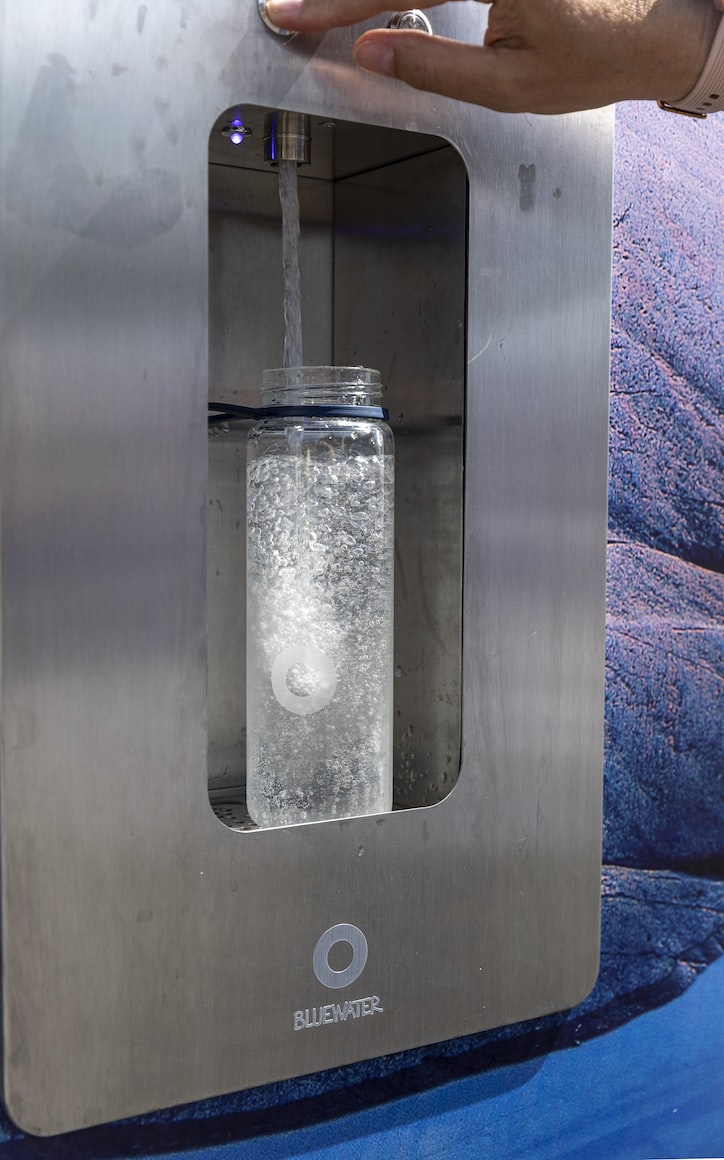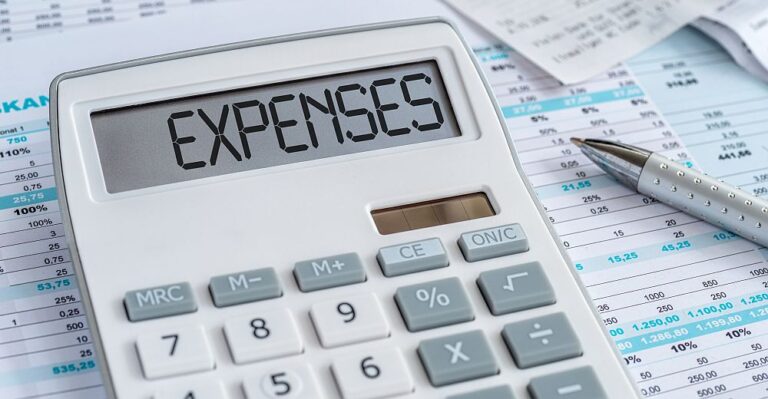Last updated Mar. 2, 2023 by Peter Jakes
You’ve probably encountered events or obstacles in your life that could be classified as an emergency. These are unexpected events that usually have financial consequences.
An emergency can be as simple as an unexplainable inferno or as serious as a health problem that turns your world upside down. Hence, knowing the Best and (Worst) Places to keep an Emergency Fund is important.
While we cannot predict the next disaster, we can plan for it. Putting money aside for an emergency fund is the best way to deal with the financial consequences of an emergency.
But, where should you keep your emergency fund? While it is possible to simply open a new account at your local or online bank, other options exist.
In this article, we’ll discuss what an emergency fund is, why it’s important, how much you should save, and ten of the best places to keep it.
What Is An Emergency Fund?
An emergency fund is separate savings account for emergencies. It’s there to help you deal with things that don’t go as planned. Emergencies can manifest as unexpected costs, such as when your car breaks down.
They can also take the form of an unexpected loss of income, such as having to change jobs or not receiving a bonus you were expecting.
When people hear the word “emergency,” they have different associations. However, you should only use an emergency fund in true emergencies. It is not a savings account or a vacation fund.
If you are in a car accident, you may require money immediately. An emergency could also be an unexpected trip to the hospital, home repairs, job loss, or family death. What exactly is the point? Emergencies do not discriminate. Everyone experiences them.
How Much Should You Save in Your Emergency Fund?
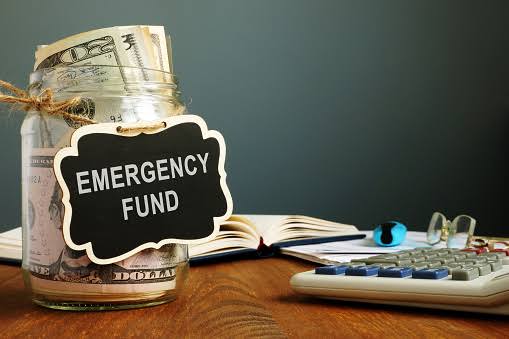
There is no simple answer to the best or worst place to keep an emergency fund that works for everyone. Most experts say you should save enough money to cover three to six months of bills.
Depending on how much you make, that could be a lot of money to save. Also, depending on how well you manage your money, saving up enough money for six months of expenses could take a long time.
A better idea might be to start an emergency fund and work on a longer-term plan. A good amount to start with could be $1,000, which would cover many unexpected costs.
Then, add money to your emergency fund as part of your overall financial plan, investing, saving for retirement, and other financial goals.
If you already have debt, it’s better to pay it off than to save up more money for an emergency. Having debt is your emergency, whether it’s from credit cards, student loans, or something else.
When a problem needs to be fixed now, saving money for a problem in the future doesn’t make as much sense.
Related: What Is A Financial Safety Net? And Why Is It Important?
One of the most important things you can do for your money is to set up and keep up an emergency fund. It gives you stability, peace of mind in times of uncertainty, and protection against unplanned financial costs.
An emergency fund protects your money in case something goes wrong.
Because of the unlikelihood of emergencies, it’s important to put your emergency fund somewhere that meets three basic requirements:
● Liquidity
Since the whole point of an emergency fund is to pay for unexpected costs, your money needs to be easy to get to in cash or a check. Think about it this way: if your car broke down next Saturday morning, you should be able to pay cash for the repairs that same afternoon from your emergency savings. If you can’t get your cash easily from your emergency fund, you should look for another place to keep it.
● Earns Interest
If you can put your money in an account that gives you interest, why wouldn’t you? Money is money, right? And it’s nice to see your money grow, even if you only make a few dollars each month. Depending on how much money you have in your emergency fund, the stored funds could add up to hundreds or even thousands of dollars in interest that you wouldn’t have earned any other way.
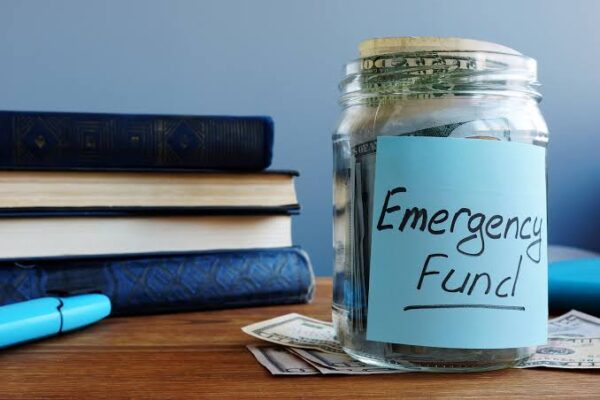
● No Fees
If you’re going to put your money in an account and leave it there for a long time, the last thing you want is for bank fees to eat away at your hard-earned cash slowly. Consider that if your bank charges you $15 monthly for maintenance, you will lose $180 a year. If you do that for 10 years, you will have lost $1,800. Ouch. Fees should be avoided at all costs.
Best Places to Keep an Emergency Fund
1. High-Yield Savings Account
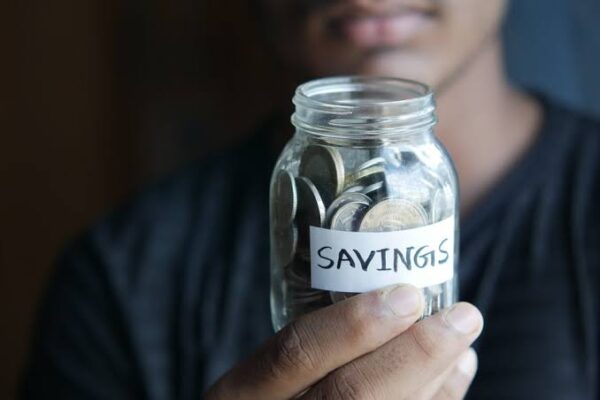
Starting an emergency fund with money from a high-yield savings account makes great sense. Almost all high-yield accounts are available through online banks.
You cannot, however, withdraw money from a traditional bank. You’ll need to use another bank account to transfer funds into and out of your high-yield savings account.
Such transfer in dire times of need could make it more difficult to obtain funds in an emergency.
Even so, a high-yield savings account is still simple to open and offers a higher rate of return than a standard savings account.
The best high-yield accounts’ annual percentage yield (APY) ranges from 0.50% to 0.81%, depending on account size and other factors.
Several online banks offer high-interest savings accounts.
When opening an online savings account, it’s critical to look at the rates and any fees, other perks, and withdrawal rules.
Related, How to Set Up Automatic Savings and put your savings money on Autopilot
2. Certificate of Deposit
You could also store money in certificates of deposit (CDs) for your emergency fund. They are different from the other options on the list of best and worst places to store your emergency funds because you have to leave your money in the account for a certain amount of time in exchange for a guaranteed rate of return. Storing emergency funds in a certificate of deposit could take anywhere from a month to five or more years. When the term is over, you can get back the money you put in plus any interest you earned. Most of the time, Certificate of Deposits earn more interest than other bank accounts.
Earning a higher APY is great, but putting your emergency fund in a Certificate of Deposits comes with some risk. What if you have to deal with an emergency before your Certificate of Deposit is ready?
During emergency time, you can still take money out of a Certificate of Deposits, but you’ll have to pay the penalty most of the time. Some banks charge a flat fee, while others may charge a percentage of the interest your Certificate of Deposit earns.
How to Navigate Certificates of Deposit for Keeping Emergency Funds
Having to pay a fee for keeping your emergency fund isn’t ideal, and it can make picking an account with a higher interest rate pointless.
It’s like taking a chance on whether or not you’ll have an emergency during that time. There are a few no-penalty CDs, but you’ll need to read the fine print to ensure that the no-penalty feature isn’t tied to something like losing your job.
Read also, How do Certificates of Deposits Work?
One way to get around using CDs to store emergencies is to make a “CD ladder.” You can do this by rolling over several Certificates of Deposits with different lengths of terms.
By rolling over different CDs, you can earn more money while still having some of your emergency funds on hand.
You could have a Certificate of Deposits with a three-month term, one with a 12-month term, one with an 18-month term, and so on.
A Certificate of Deposits account can be opened at almost any bank. Online banks also let you buy Certificates of Deposit with better rates or longer terms. Some Certificates of Deposits require a minimum deposit, but others don’t.
3. Roth Individual Retirement Account
There are compelling reasons to save money in an investment account rather than a traditional emergency fund.
Even high-interest bank accounts will struggle to keep up with rising prices. In the long run, you may make more money if you invest in a Roth IRA.
If you keep your emergency fund in a Roth IRA, the value of your emergency fund may decrease. Choosing less risky investments can help reduce the likelihood of losing money.
You do not have to pay a fee to withdraw funds from your Roth IRA anytime. There may be tax consequences and penalties if earnings are taken out early.
Related: How much money is enough for retirement
4. Money Market Account

Money market accounts are similar to high-interest savings accounts. Both offer a higher annual percentage yield (APY) than traditional bank accounts, but they differ in other ways. Some money market accounts include a debit card and the ability to write checks, making them more convenient in a pinch.
Why Store Your Emergency Fund in a Money Market Account?
Another distinction is that money market accounts typically require a higher minimum deposit. The higher minimum deposit may influence where you keep your money.
Some banks provide different interest rates based on the amount of money in your account.
A money market account can be opened at most local and online banks. There may be better deals available online. Because they do not have as many costs to cover, online banks can offer better rates than traditional banks.
Whatever you decide, ensure you know how to get your money quickly if necessary.
Federal law, like savings accounts, limits the number of withdrawals or transfers you can make from a money market account to six per month.
Although this Regulation D requirement changed in 2020, your bank or credit union will likely charge you a fee if you exceed the required limit. However, the requirement should not be an issue if you only use your money market account in an emergency.
5. Traditional Bank Account
If you don’t like keeping your money in an online account or tied up for a long time, you can always keep your emergency fund in a traditional checking or savings account at a bank with a physical location. You won’t earn as much interest, but you’ll be able to rest easy knowing that you can get your money almost instantly at any time.
One risk of using your traditional bank account to store an emergency fund is that you might take money out of your emergency fund when it’s not an emergency if you keep it in a traditional bank account.
To avoid this, you could open a checking or savings account at a different bank than you already have. Opening separate accounts can make it harder to get money out of the account when you don’t need it.
The traditional bank account may keep you from taking money out when you don’t have to.
7. Lines of Credit Available for Emergencies.
With low-interest rates, many banks are eager to store your emergency fund for you. We believe that lines of credit could be a good way to get cash in an emergency.
Home equity and business lines of credit are examples of these. They are given to people with little debt and a long history of good credit management.
Related: How to Change Your Credit Card Due Date
8. Bucket Savings
Some banks provide free “buckets” within savings accounts, which allow you to organize your funds differently.
Bucket savings helps you save up for things like an emergency fund, a car fund, home repair funds, a vacation fund, and so on without having to worry about spending it all. Using the various containers, one can “see exactly how close one is to achieving their goals,”
9. Under The Mattress
Saving your emergency funds at home under your mattress may be ideal. One of the benefits of hiding your money is that you don’t have to pay taxes on it.
Cons of Saving Your Emergency Fund under the Mattress
On the other hand, you will not receive any interest on your savings, and allowing inflation to eat away at its value may cause it to be worth less over time. So much for leaving work early.
You should reconsider if you’re considering putting your emergency fund under your mattress or in a home safe. If you have a home emergency, such as a fire or a break-in, your cash will be gone, and you will not be able to recover it.
10. Treasury Bills
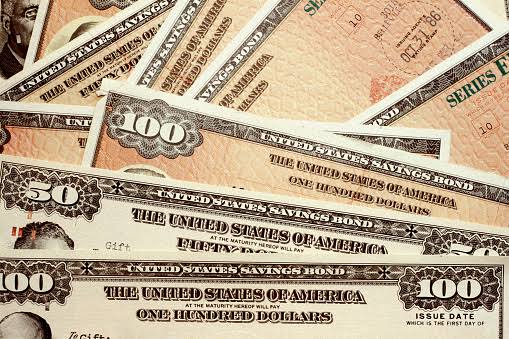
Purchasing Treasury bills, also known as “T-bills,” is a less common option that you should consider for storing your emergency fund.
Treasury bills are debts that the United States government must repay quickly. You often buy them for less than their true value and then sell them at face value when they’re ready.
The interest you earn is the difference between how much you paid for them and how much they are worth when they mature.
Every week, some Treasury bills are auctioned off, and the discount rate at which they can be purchased is determined at the auction. They can be purchased for $100 and have terms ranging from a few days to a year.
T-bills can be purchased through TreasuryDirect, a bank, or a broker. After you purchase the bills, they are electronically delivered to you.
Even though you only get the interest when the bill matures, you can sell it before it does if you need the money right away.
Worst Places To Keep Your Emergency Fund
1. Bond Funds and Mutual Funds
Bonds Funds and Mutual funds are the first worst place to store your emergency funds. Many people don’t know that bond funds have commission fees and that mutual funds can lose money because of fees and expenses.
Investors are often attracted to the funds by interest rates of 4% or 5%, but the fees add up. But it will be bad to trust your emergency fund to mutual funds or bonds.
Some fees are due when you buy the bond, but others can come back yearly and be as high as 3% per year. Along with inflation, that’s another 3% taken from your money, so you know that if you didn’t make 6% that year, you’re losing money.
Always ask about the fees if you insist on using bonds to store your mutual funds.
Why a Mutual Fund is a Bad Idea for Storing Your Emergency Fund
Even though the interest rate on the mutual fund may be fixed, the share price may change. So if you needed money, bought a share at $10, and sold it for $8, you lost 20%. Storing your emergency fund in a mutual fund is not good for your rainy day fund, and you may just lose your money when you need it most.
2. Your Checking Account

A checking account is the second worst place to keep your emergency fund. When managing your money, spending it, and creating a budget, we can’t say enough good things about checking accounts. We do all of our budgeting through a checking account.
However, checking accounts are designed so that you can access your money quickly, in fact, far too quickly. Having an emergency fund that is too accessible is a recipe for disaster.
Keeping your emergency funds in the same account as your regular checking account makes them far too accessible. It’s best to keep these two things as far apart as possible.
If you don’t, you may spend money from your emergency fund with the promise of reinvesting it when your next paycheck arrives (and the potential to break that promise).
Another major issue is that you can’t make much money from it. Standard checking accounts do not pay much interest and, in some cases, no interest.
Related: 13 Checking Account Benefits You Shouldn’t Overlook
3. Annuities
An annuity is not a good way to save for a rainy day. Most annuities lock your money away for a set period, usually between four and seven years.
If you want to withdraw your money early, you’ll have to pay the penalty, just like with a Certificate of Deposit. So, if it’s a seven-year product, you could face a 7% penalty if you withdraw money in the first year.
The following year could be a 6. “Year 3 could become Year 5.” Some, on the other hand, allow you to withdraw 15% of your funds early. Some allow you to withdraw your money early without penalty, but they are usually more expensive.
Also, until you’re in your mid-50s or later, many of the benefits of variable annuities, such as guaranteed income and guaranteed withdrawal features that add money to your account whether the market is up or down, don’t make as much sense.
4. Traditional IRA
ROTH IRA may be a good place to store your emergency fund but Traditional IRA is the worst place to keep emergency funds. If you are under 59 years old and have a traditional 401k, you must pay income taxes and a 10% tax penalty for withdrawing funds early.
Roth IRAs are less risky because you already paid taxes on your earnings when you contributed, but there are still penalties.
If it’s a company IRA, find out if you can borrow from it in an emergency and what the fees and costs will be. Also, inquire whether they allow people to withdraw money from the plan for reasons other than leaving a job. This is referred to as “in-service distribution.”
Some things are unique. If you’ve lost your job, you can borrow $10,000 (with no fees) to buy your first home or pay for health insurance.
5. The Stock Market
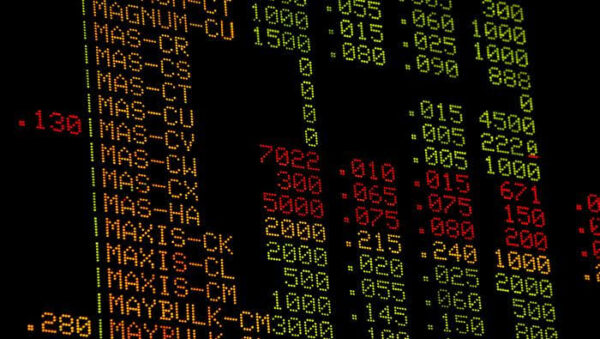
With an average 10 percent annual return, the stock market is great for the long game. However, when you have the potential for playing a very short game — needing your money next week, for example — avoid the market at all costs.
If you want evidence of the high-risk gamble that stocks present for your savings, look back at the four days in March 2020 when the Dow Jones Industrial Average dropped by 26 percent.
Read also, 10 Things to Know Before Investing in Penny Stocks
Rules to Emergency Fund that Will See you Through any Financial Crisis
1. You Need a Savings Goal to Work Towards
It should also be clear. You can’t just tell yourself that you’re trying to save money. Set a small, reasonable goal for your emergency fund and write it down. Then work toward that goal. If you need to, you can raise it when you reach it or get close to it. The important thing is to have a goal.
Part of the reason it’s important to have a goal in mind when you’re saving is to make sure you stick to your plan to save up for whatever that goal is so that you can reach it.
People tend to stop saving when they forget why they are doing it and start to find reasons to spend more money now instead of making sure that money is set aside for something specific.
Savings or Financial Goals help Keep you on Track.
A savings goal or a financial goal, or whatever you want to call it, can keep you motivated and on track, just like setting a fitness goal to run a race or lift a certain amount of weight can keep you active.
“I’m trying to save $1,000” is much more motivating than “I’m trying to save for an emergency fund.”
Some banks or financial companies offer free one-on-one consultations with experts who can help you figure out how to prioritize your savings goals.
If you’re having trouble with your savings goal, checking to see if your bank offers consultation services can get you on the right track.
Related: 45+ of The Best Apps For Saving Money
2. Keep your Emergency Fund in a High-interest Savings Account
Yes, you should have cash in your emergency fund, but that doesn’t mean it should just sit there.
Keep in mind that the value of that money could go down if inflation happens, and make sure you can still get to your money. (After all, that’s why you have an emergency fund.)
We always suggest putting an emergency fund in a high-yield savings account [or some other account] where you can get to the money quickly and earn as much interest as possible without taking any risks or locking it up in a way that would make it hard to get to or charge you fees.
Look for the highest rate you can find, and do some research to determine which banks have offered the highest rates in the past. Even if their rates are low now, they’ll likely raise them again at some point, and your money will be ready to take advantage of that.
3. Three to Six Months ’ Worth of Expenses is Still the Benchmark
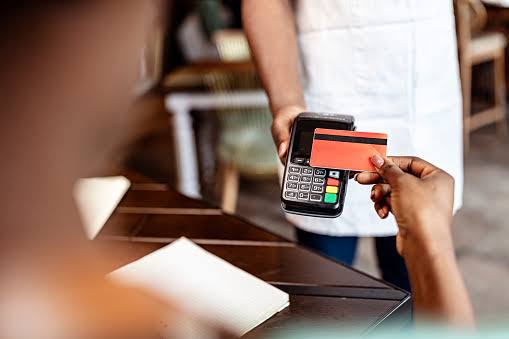
For many years, the most common goal for a fully funded emergency fund has been to save enough money to cover three to six months of expenses.
See also, Budgeting for Unexpected Expenses, Best Ways to Avoid Disaster.
It has long been the standard advice, and you should still follow it. When deciding what is best for them, consider how you define an emergency and whether you have personal circumstances that might make eight to twelve months a better choice.
Why is Your Financial Situation So Important
Most people can live on three to six months’ worth of expenses like rent or mortgage, car payments, bills, groceries, etc.
On the other hand, someone who is the sole provider for his or her family, works for himself or herself, or has a long-term health condition may need a bigger emergency fund.
Ensure that people have enough money to cover unexpected expenses. Saving some money is preferable to saving none. If you can’t save enough for three months’ worth of bills, try saving for one month.
Even a few hundred dollars for a rainy day is preferable to having nothing. If you already have a good emergency fund, you might want to add to it to cover any unexpected costs.
4. Remember Why You Have an Emergency Fund
Even once you’ve successfully built an emergency fund, forgetting what it’s there for can derail your hard-earned financial success.
All our savings are there to serve a purpose or maybe to accomplish a goal for us. Keeping those goals in mind will help people stay on track in the future.
We lose track of why we’re saving that money or what that money is designated for and we get into pitfalls along the way.
In the case of emergency funds, the purpose is to keep you financially afloat during rough periods. Putting that money toward something else—such as a vacation or a wedding—can put you on unstable financial footing should some disaster strike.
Staying on track means defining what constitutes an emergency and sticking to that definition.
What is an emergency to one person might not be an emergency to someone else, I do try to remind people that a sale is not an emergency. Wanting to get out of town for the weekend is usually not an emergency.
See also, What Is A Financial Safety Net? And Why Is It Important?
Setting aside money in a separate spot for those goals is smart, but dipping into that emergency fund to cover them isn’t. Be honest about what an emergency is for you, and you’ll be able to rely on your emergency fund in case of crisis for years to come.
5. Your Emergency Fund Should Be Liquid
Some people put their money in the stock market, while others keep it under the mattress. No matter what you do, remember that you need that money to be easily accessible, just in case something bad happens, like losing your job, getting sick, or having your car break down; you want to get to that money quickly without paying fees.
Maybe you have enough money to cover your expenses for six months, but three of those months are invested. That’s fine, as long as you can get a big chunk of cash when needed.
You want to ensure that your money is safe (as it would be in the stock market, for example). Certificates of Deposits, low-risk investments, Roth IRAs, and other similar options are often used to store emergency funds. Still, we suggests savings accounts because they are the easiest to access.
Read also, Signs You Don’t Make Enough Money? Here’s What to Do
Bottom Line
If you want to keep your emergency savings safe, don’t put them in high-risk investments like the stock market. Instead, choose low-risk options that promise a return without putting your hard-earned money at risk.
Extra money in an emergency can help you pay for unplanned costs and keep your finances in good shape.
Frequently Asked Questions (FAQs)
Q: What is the difference between emergency funds and savings?
A type of savings fund is an emergency fund. You are saving money by putting money into a separate account for emergencies. It’s not so much a matter of choosing between a savings account and an emergency fund as it is of setting up an emergency fund that lets you save money.
Q: What savings account is best for an emergency fund?
Your emergency fund may be best kept in a high-yield savings account. You will not only have access to your funds in this type of bank account, but you will also earn interest on your deposits.
Q: Should I go for 3 or 6 months, Emergency Fund?
Most experts say you should have enough money in an emergency fund to cover three to six months of expenses, but some situations call for more.
Some experts say that you should have a smaller emergency fund while you’re paying off debt. If your job is stable and you don’t have many expenses, you might not need to save as much.
Most importantly, your emergency fund should help you. A six-month emergency fund works well for many people. If you don’t know what to do, saving for six months is a good solution for everyone.
Other sizes of emergency funds are also useful in their ways. You could choose to have an emergency fund for three months if you feel financially stable and would rather invest more. If you want to feel as safe as possible with your money, you might decide that a 12-month emergency fund is the best choice.
Q: Where should I keep my emergency fund
There are a few ways to store your emergency fund: savings bonds, certificates of deposit, checking accounts, savings and money market accounts, and money market certificates.
Each has possible advantages and disadvantages. A savings account for emergencies can give you peace of mind, but it doesn’t make you much money. You should keep your emergency fund somewhere easy to get to, giving you the most interest.
The return of your principal, not the return on your principal, is the most important thing about an emergency fund. Still, it’s nice to make something with at least some of the money if you can.


